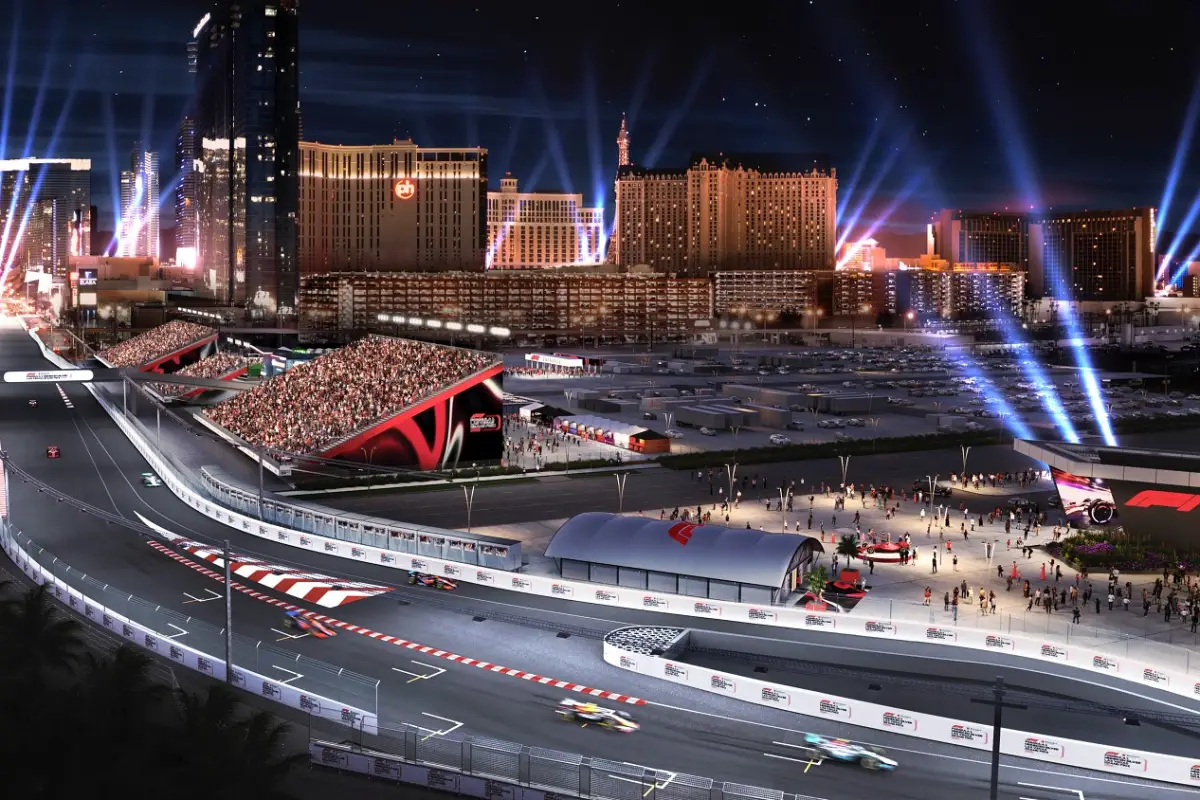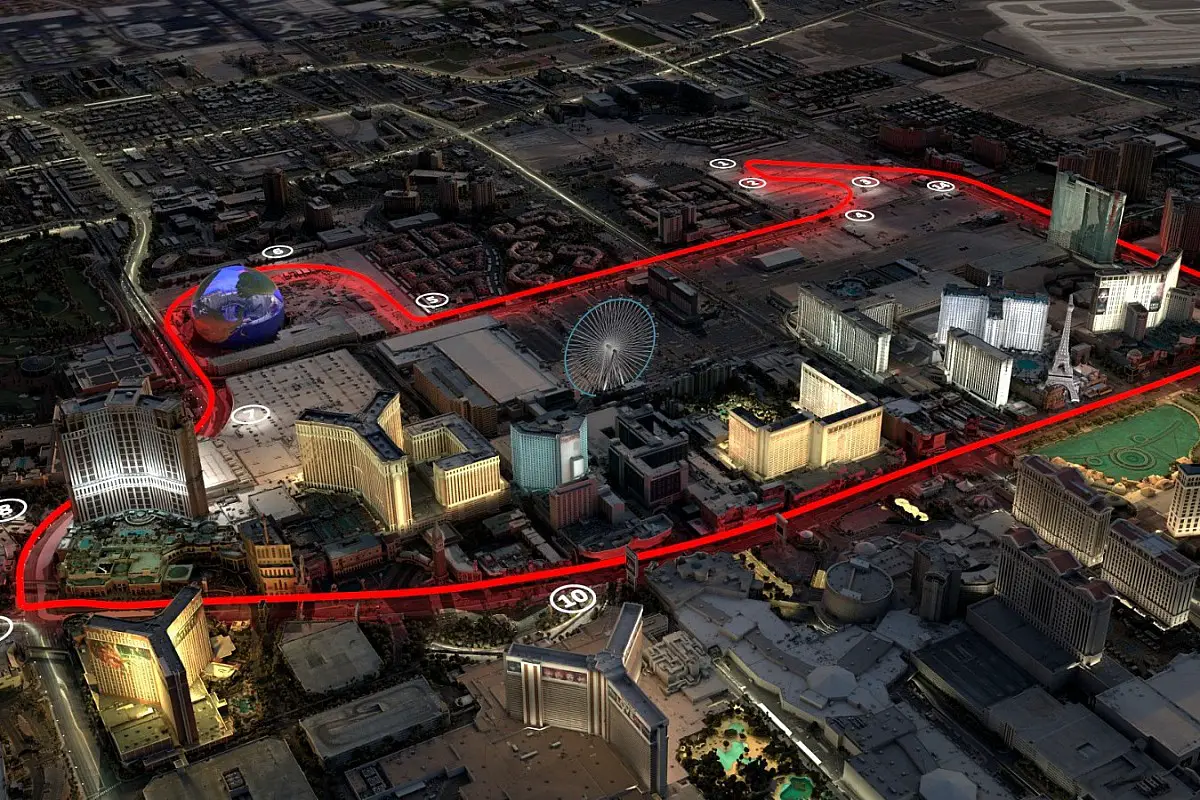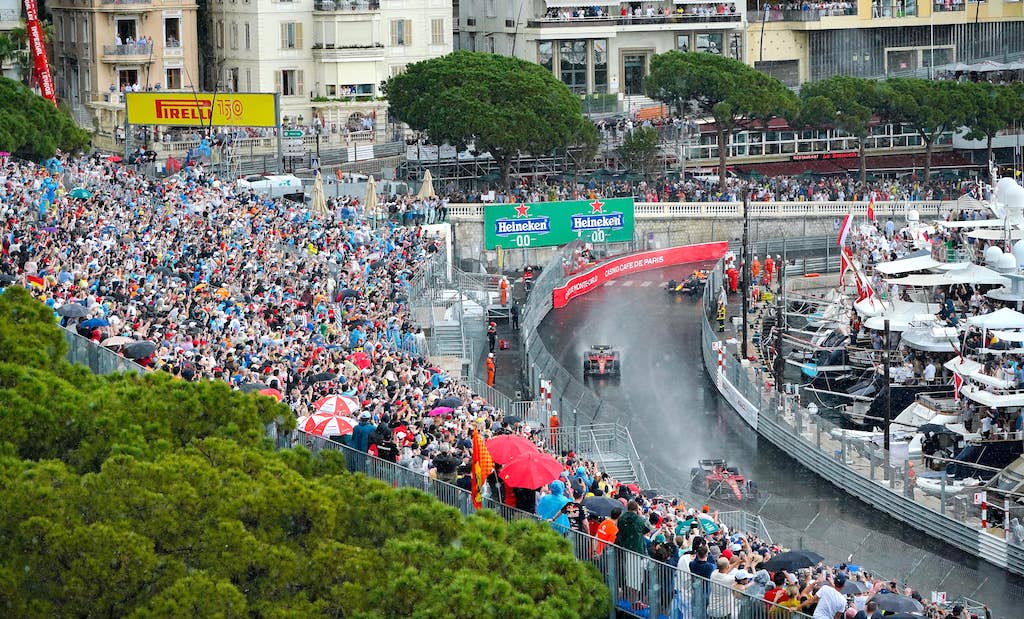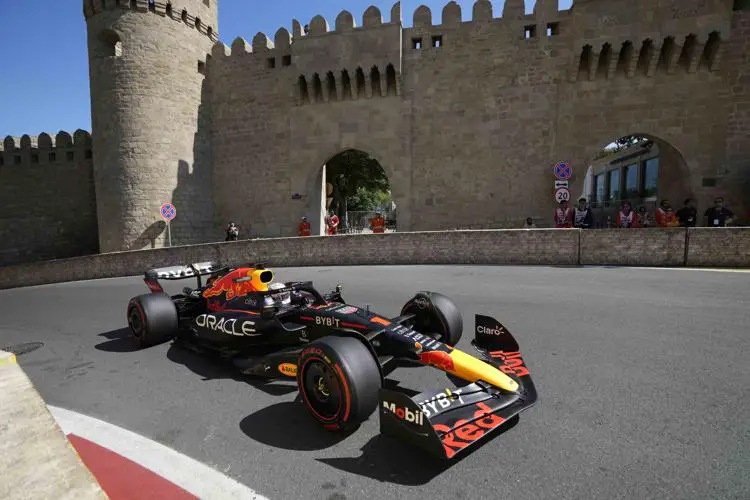Las Vegas Grand Prix track guide: Here’s everything you need to know about the Las Vegas street circuit – the venue for the Las Vegas Grand Prix this weekend
Spanning a length of 3.853 miles (6.201 km), the Las Vegas street circuit follows a counterclockwise path, incorporating 17 corners and a generous 1.181-mile (1.900 km) straight segment. Beginning in a recently acquired parking area, Formula One dedicated $240 million to construct pits, paddocks, and a lasting track. The course commences with a hairpin bend, transitions into a gradual left curve, and navigates a swift right turn, seamlessly integrating the permanent track with urban streets.

During the race, the cars will navigate a 0.50-mile (800 m) section along Koval Lane, skillfully tackling a purposeful 90-degree right turn. Subsequently, they will sweep through a left curve encircling the recently constructed Sphere arena. The route then undergoes a modified left-right sequence, departing from the original layout, and evolves into a somewhat quicker left turn, smoothly linking up with Sands Avenue. Racing through two brisk turns on Sands Avenue, the track culminates with a gradual left onto the renowned Las Vegas Boulevard, famously known as the iconic Las Vegas Strip.
Featuring a thrilling 1.181-mile (1.900 km) straight, the track boasts two extended straights and a gentle sweeping left, offering a scenic backdrop of Las Vegas’ famous hotels and casinos. Following this, the course maneuvers through a challenging series of slow corners onto Harmon Avenue, progressing along a 0.50-mile (800 m) straight. The lap concludes with a high-speed left turn, seamlessly reconnecting to the permanent track beyond the pits. Notable is the expansive pit building, spanning three American football fields, featuring a striking 28,000 sqft video screen embedded in the F1 logo on its roof.
Las Vegas Street Circuit – DRS Zones
The Las Vegas circuit incorporates a segment of Las Vegas Boulevard, widely recognized as the Strip, where cars in the night race will pass by illuminated local landmarks. F1 secured legal approval from the city for a 10-year period to use the necessary roads for the race. Initially announced in March 2021 with 14 corners, the track underwent modifications by adding a chicane, resulting in a total of 17 corners.

Covering a distance of 6.1 kilometers, the circuit features an almost two-kilometer stretch along the Strip, enabling cars to achieve their maximum speeds. While official estimates anticipate speeds of 340 kph, some drivers suggest the potential for even higher speeds, possibly reaching 370 kph (230 mph). The grand prix is slated to consist of 50 laps on the circuit, with race promoters strategically placing two DRS zones to facilitate overtaking.
Las Vegas is the latest Street Circuit to be a part of the F1 calendar
Let us take a look at some of the most famous street circuits in the F1 calendar.
Monte Carlo Street Circuit: The Monaco Grand Prix is undoubtedly the most famous street circuit in Formula 1. Nestled in the glamorous city-state of Monaco, this tight and twisty circuit is known for its narrow streets, elevation changes, and iconic landmarks like Casino Square and the famous tunnel. The track is just over 3.3 kilometers long, making it one of the shortest on the F1 calendar. The lack of runoff areas and the proximity of barriers demand utmost precision from drivers, making it a challenging and thrilling race.

Marina Bay Street Circuit: The Singapore Grand Prix takes place on the Marina Bay Street Circuit, offering a unique blend of a challenging street layout and stunning nighttime racing. This floodlit race through the heart of Singapore is a modern addition to the F1 calendar. The circuit features a mix of high-speed straights and demanding slow-speed corners, testing both driver skill and car performance. The backdrop of the city skyline and the Singapore Flyer adds to the spectacle, making it a visually captivating event.
Baku City Circuit: Baku City Circuit in Azerbaijan is another renowned street circuit, known for its long straights and tight corners. The track winds through the historic city center and along the Caspian Sea, providing a picturesque setting for the race. Notable features include the challenging Turn 8, a narrow section between the city walls, and the long straight where cars reach impressive speeds. Baku has gained fame for unexpected turns of fortune, making it a circuit that keeps fans on the edge of their seats.

Albert Park Circuit: While not a traditional street circuit, the Albert Park Circuit in Melbourne is a semi-permanent track that utilizes public roads. Hosting the Australian Grand Prix, it combines fast straights and challenging corners within the Albert Park precinct. The scenic park setting and unpredictable weather conditions contribute to the uniqueness of this circuit, often serving as the season opener and setting the tone for the rest of the Formula 1 calendar. Each of these street circuits brings its own challenges and excitement, contributing to the rich tapestry of Formula 1 racing.
More Formula One news:
- LAS VEGAS GRAND PRIX 2023 PREDICTIONS, PREVIEW, SCHEDULE, AND LIVE STREAM DETAILS
- F1 FANTASY LAS VEGAS 2023: PICKS THIS WEEK
- LISSIE MACKINTOSH NET WORTH 2023, MARRIAGE, F1 CAREER AND MORE
Follow our dedicated Formula One page for instant Formula One news and updates
